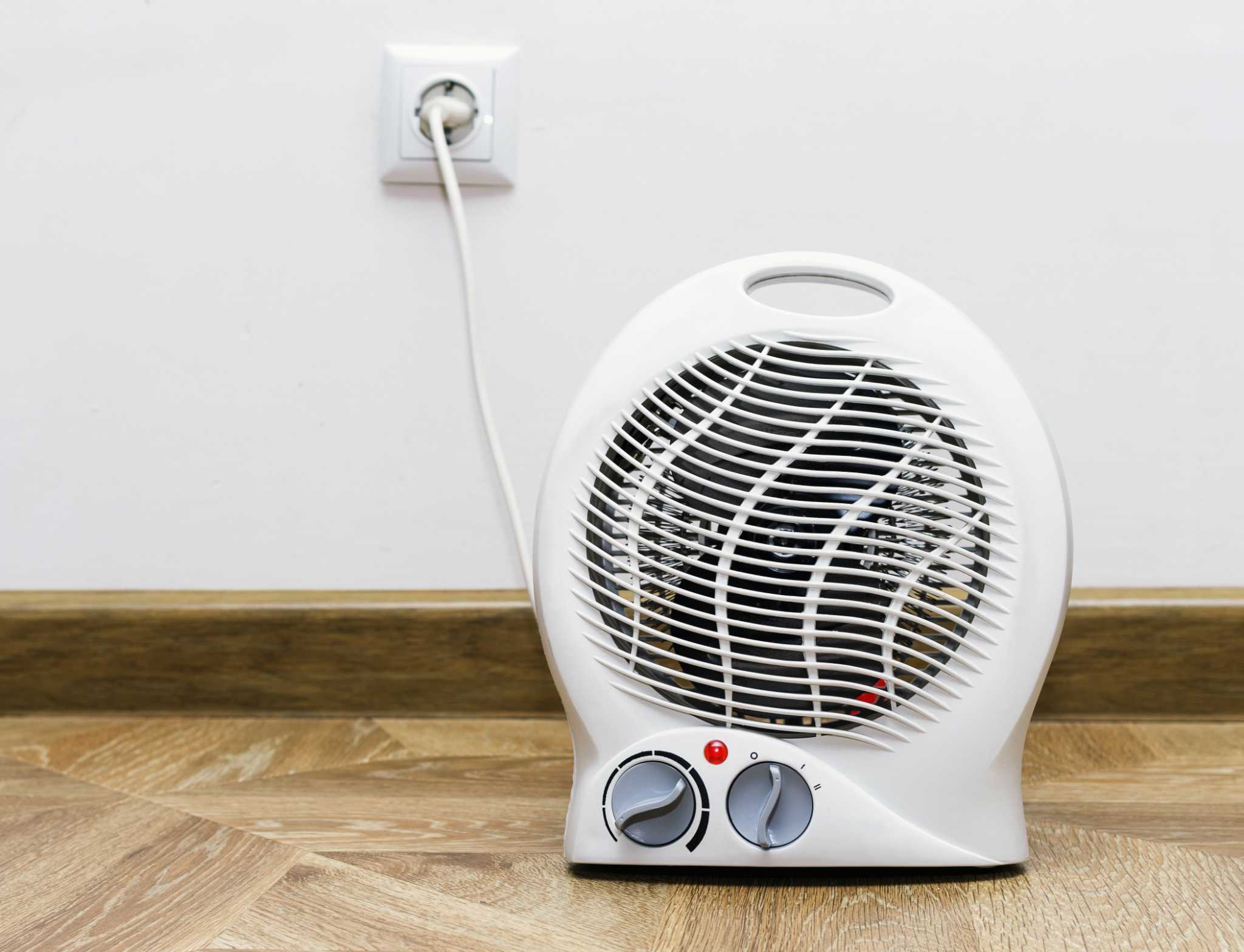

Articles
How Many Watts Does A Fan Use
Modified: September 2, 2024
Find out how many watts a fan uses with this informative article. Learn about the energy consumption of various types of fans and make an informed decision for your cooling needs.
(Many of the links in this article redirect to a specific reviewed product. Your purchase of these products through affiliate links helps to generate commission for Storables.com, at no extra cost. Learn more)
How Many Watts Does A Fan Use
When it comes to providing comfort during hot summer months or circulating air in stuffy rooms, fans are a popular choice. They offer a cost-effective and energy-efficient solution to staying cool. However, have you ever wondered how much power a fan actually consumes? Understanding the energy consumption of fans is not only important from an environmental perspective but also helps us make informed decisions about our energy usage. In this article, we will delve into the world of fan power consumption and explore the factors that affect it.
Fans use electrical power to rotate their blades, creating airflow and providing a cooling effect. The power consumed by a fan is usually measured in watts, which is a unit of electrical power. The wattage of a fan determines the amount of electricity it consumes and, consequently, its impact on your energy bills.
Read more: How Many Watts Does A Ceiling Fan Use
Factors Affecting Fan Power Consumption
Several factors influence the power consumption of a fan. These include:
- Fan Size: Larger fans usually require more power to operate compared to smaller ones. This is because larger fans have more blades and a larger motor to drive the movement of air.
- Speed Settings: The speed at which a fan rotates significantly affects its power consumption. Higher speed settings generally result in higher power usage.
- Motor Efficiency: The efficiency of the fan’s motor also plays a role in determining its power consumption. Fans with more advanced and energy-efficient motors tend to consume less power compared to older models.
- Design and Build: The overall design and construction of a fan can impact its power usage. Fans with aerodynamic blades and minimized air resistance tend to be more efficient, requiring less power to generate airflow.
- Usage Duration: The amount of time a fan is in operation directly affects its energy consumption. The longer a fan operates, the more electricity it will consume.
Types of Fans and Their Power Usage
There are different types of fans available on the market, each with its own power consumption characteristics. Let’s take a brief look at some common types:
- Ceiling Fans: Ceiling fans are typically the most energy-efficient type of fan. They consume relatively low power, usually ranging between 10 and 100 watts, depending on the size and speed settings. Understanding the wattage of a ceiling fan can help you choose the right model for your needs.
- Table and Floor Fans: Table and floor fans come in various sizes and power ratings. On average, a table or floor fan can consume anywhere between 25 and 100 watts.
- Tower Fans: Tower fans are designed to provide a wider or oscillating airflow. They are typically more powerful than table or floor fans and can consume around 70 to 150 watts of electricity.
- Box Fans: Box fans are portable fans often used for window ventilation. They generally consume between 50 and 200 watts, depending on their size and speed settings.
How Many Watts Does A Fan Use
When it comes to providing comfort during hot summer months or circulating air in stuffy rooms, fans are a popular choice. They offer a cost-effective and energy-efficient solution to staying cool. However, have you ever wondered how much power a fan actually consumes? Understanding the energy consumption of fans is not only important from an environmental perspective but also helps us make informed decisions about our energy usage. In this article, we will delve into the world of fan power consumption and explore the factors that affect it.
Fans use electrical power to rotate their blades, creating airflow and providing a cooling effect. The power consumed by a fan is usually measured in watts, which is a unit of electrical power. The wattage of a fan determines the amount of electricity it consumes and, consequently, its impact on your energy bills.
Several factors influence the power consumption of a fan. These include the size of the fan, speed settings, motor efficiency, design and build, and the duration of usage. Larger fans generally require more power to operate, while higher speed settings result in higher power usage. Fans with more advanced and energy-efficient motors tend to consume less power, and those with aerodynamic designs and minimized air resistance are also more efficient. Additionally, the longer a fan operates, the more electricity it will consume.
There are different types of fans available on the market, each with its own power consumption characteristics. Ceiling fans are typically the most energy-efficient, consuming relatively low power, while table, floor, tower, and box fans can have varying power consumption depending on their size and features.
Understanding the power consumption of fans is valuable in making energy-conscious choices. By selecting the right fan based on its wattage and usage patterns, you can not only optimize your cooling requirements but also minimize your ecological footprint and reduce energy costs.
In the following sections, we will dive deeper into the specific types of fans and their power usage, as well as provide guidance on calculating fan power consumption and the benefits of energy-efficient fans. So, let’s explore the fascinating world of fan power consumption and how we can make sustainable choices!
Understanding Fan Energy Consumption
Fan energy consumption refers to the amount of electrical power that a fan consumes while operating. This power is measured in watts and plays a crucial role in determining the fan’s impact on energy bills and the environment. Understanding fan energy consumption can help us make informed decisions about our cooling needs and opt for more energy-efficient options.
The primary factor that affects fan energy consumption is the wattage of the fan. Wattage is a measure of how much electrical power a device needs to function. Higher wattage indicates higher power consumption, which translates to increased energy usage and higher electricity bills.
It’s essential to consider the size of the fan when evaluating its energy consumption. Generally, larger fans require more power to operate compared to smaller ones. This is because larger fans typically have more blades and a larger motor, which requires more electricity to generate sufficient airflow.
Another crucial aspect is the speed settings of the fan. The speed at which a fan rotates directly affects its power consumption. Higher speed settings typically result in higher power usage. However, it’s worth noting that even at lower speeds, fans still consume energy, although at a lower rate compared to their maximum speed.
The efficiency of the fan’s motor also plays a significant role in its energy consumption. Modern fans are designed with advanced and energy-efficient motors that minimize power usage while delivering optimal performance. These motors utilize innovative technologies, such as brushless DC motors, which are more efficient compared to traditional motors. Investing in a fan with a high-efficiency motor can help reduce energy consumption and lower electricity bills in the long run.
Furthermore, the design and build of the fan can impact its energy consumption. Fans with aerodynamic blade designs and minimized air resistance require less power to generate airflow. They can effectively circulate air while consuming fewer watts compared to fans with less efficient designs.
The duration of fan usage also affects its energy consumption. The longer a fan operates, the more electricity it will consume. It’s crucial to assess the necessary usage time and consider turning off the fan when it’s not needed to minimize energy wastage.
By understanding the factors that impact fan energy consumption, we can make more informed choices when selecting fans for our homes or workplaces. Opting for energy-efficient fans with lower wattage, advanced motors, and optimized designs can significantly reduce our environmental impact and contribute to energy conservation.
In the following sections, we will explore different types of fans and their power usage, as well as provide guidance on calculating fan power consumption and the benefits of energy-efficient fans.
Read more: How Many Watts Does A Projector Use
Factors Affecting Fan Power Consumption
When it comes to understanding fan power consumption, several factors come into play. By examining these factors, we can gain insights into how to optimize energy usage and make more sustainable choices. Let’s explore the main factors that affect fan power consumption:
- Fan Size: The size of a fan plays a significant role in determining its power consumption. Generally, larger fans require more power to operate compared to smaller ones. This is because larger fans have more blades and a larger motor, which require more electricity to generate adequate airflow. It’s important to consider the size of the space you want to cool and choose a fan that is appropriately sized.
- Speed Settings: The speed at which a fan operates directly impacts its power consumption. Higher speed settings usually result in greater power usage. When a fan operates at a higher speed, it requires more energy to overcome air resistance and create airflow. It’s worth noting that even at lower speed settings, fans still consume energy, albeit at a reduced rate compared to their maximum speed. Adjusting the fan’s speed to match your comfort needs can help conserve energy.
- Motor Efficiency: The efficiency of a fan’s motor has a significant impact on its power consumption. Modern fans are designed with energy-efficient motors that minimize power usage while delivering optimal performance. These motors, such as brushless DC motors, utilize advanced technologies to reduce energy waste and increase efficiency. Investing in a fan with a high-efficiency motor can help lower energy consumption and save on electricity bills in the long run.
- Design and Build: The overall design and build quality of a fan can influence its power consumption. Fans with aerodynamically designed blades and reduced air resistance are more efficient in generating airflow and require less power to operate. Improvements in fan design, such as curved or angled blades, can enhance airflow, allowing the fan to work effectively while consuming fewer watts.
- Usage Duration: The duration for which a fan operates directly affects its energy consumption. The longer a fan is in use, the more electricity it will consume. It’s essential to evaluate the necessary usage time and consider turning off the fan when it’s not needed. Utilizing timers or programmable features on certain fans can help regulate usage duration and reduce unnecessary energy consumption.
By considering these factors, you can make informed decisions when choosing a fan that aligns with your energy conservation goals. Opting for energy-efficient models with appropriate size, adjustable speed settings, high-efficiency motors, and optimized designs can significantly reduce fan power consumption and lessen your environmental impact.
In the next sections, we will explore different types of fans and their typical power usage. Additionally, we will provide guidance on calculating fan power consumption and highlight the benefits of energy-efficient fans.
Types of Fans and Their Power Usage
When it comes to choosing a fan, there are various types available on the market, each with its own power consumption characteristics. Understanding the power usage of different fan types can help you make an informed decision based on your cooling needs and energy efficiency goals. Let’s explore some common types of fans and their typical power consumption:
- Ceiling Fans: Ceiling fans are a popular choice for cooling large areas, such as living rooms and bedrooms. They are typically the most energy-efficient type of fan, consuming relatively low power. The wattage of ceiling fans can vary depending on their size and speed settings. On average, ceiling fans consume between 10 and 100 watts of electricity. Choosing a ceiling fan with energy-efficient features, such as LED lighting and variable speed options, can further enhance its energy efficiency.
- Table and Floor Fans: Table and floor fans are versatile options suitable for cooling smaller spaces or providing targeted airflow. These fans come in various sizes and power ratings. On average, a table or floor fan can consume anywhere between 25 and 100 watts. The power consumption may vary depending on the fan’s size, speed settings, and additional features such as oscillation.
- Tower Fans: Tower fans are vertical fans with a sleek design that provides a wider or oscillating airflow. They are often used in bedrooms, offices, or living areas. Tower fans are typically more powerful than table or floor fans and can consume around 70 to 150 watts of electricity. The wattage may vary depending on the fan’s size, speed settings, and additional features such as remote control or timer functionality.
- Box Fans: Box fans are portable fans commonly used for window ventilation or general cooling in small rooms. They are relatively powerful and can move a significant amount of air. The power consumption of box fans can range from 50 to 200 watts, depending on their size, speed settings, and the features they offer. It’s important to note that larger box fans tend to consume more power compared to smaller ones.
When selecting a fan, it’s essential to consider the size of the space you want to cool, the desired airflow, and your energy efficiency goals. Choosing a fan with appropriate power consumption for the intended space can help you optimize cooling while minimizing energy usage.
Additionally, it’s worth noting that manufacturers often provide wattage ranges or specifications for fans, allowing you to compare power consumption among different models. This information can be helpful in selecting a fan that aligns with your energy-saving objectives.
By opting for fans with lower power consumption, energy-efficient features, and considering the specific cooling requirements of your space, you can reduce energy waste and contribute to a more sustainable environment.
In the next sections, we will provide guidance on calculating fan power consumption and discuss the benefits of energy-efficient fans. Stay tuned!
When choosing a fan, look for the wattage information on the packaging or in the product specifications. This will give you an idea of how much energy the fan will consume, helping you make an informed decision based on your energy usage needs.
Calculating Fan Power Consumption
Calculating the power consumption of a fan can help you estimate its energy usage and make more informed decisions about your energy consumption. While manufacturers usually provide wattage ratings for their fans, you can also calculate the power consumption yourself based on specific factors. Here’s a guide on how to calculate fan power consumption:
Step 1: Identify the wattage rating: The wattage rating is usually provided by the manufacturer and can be found on the fan’s packaging or in its specifications. This rating represents the maximum power consumption of the fan at its highest speed setting. It is important to note that the actual power consumption may vary depending on the fan’s speed and usage duration.
Step 2: Determine the usage time: Assess how long you typically run the fan during a day or specific periods. Multiply the wattage rating by the number of hours the fan is used. For example, if the fan has a wattage rating of 50 watts and you use it for four hours a day, the energy consumption can be calculated as 50 watts x 4 hours = 200 watt-hours (Wh).
Step 3: Convert watt-hours to kilowatt-hours: Divide the total watt-hours by 1,000 to convert it to kilowatt-hours (kWh). In the previous example, 200 watt-hours would be equivalent to 0.2 kilowatt-hours (kWh).
Step 4: Estimate monthly or annual consumption: To estimate the monthly or annual fan energy consumption, multiply the result from step 3 by the number of days you typically use the fan in a month or year. For instance, if you use the fan for 30 days in a month, the monthly energy consumption would be 0.2 kWh x 30 = 6 kWh.
It’s important to note that these calculations provide estimates and the actual power consumption may vary based on various factors, such as fan speed settings, motor efficiency, and usage patterns.
By being aware of your fan’s power consumption, you can make educated decisions about energy usage and find ways to optimize energy efficiency. Additionally, understanding the energy consumption of various fans can help you select models that align with your energy-saving goals and minimize environmental impact.
In the following sections, we will discuss the benefits of energy-efficient fans and how they can contribute to energy conservation and cost savings. Stay tuned!
Energy-Efficient Fans: A Sustainable Choice
When it comes to cooling our living spaces, opting for energy-efficient fans is not only a sustainable choice but also a smart investment. Energy-efficient fans are designed to minimize power consumption while providing effective cooling and airflow. Let’s explore the benefits of energy-efficient fans and why they are a sustainable choice:
Reduced Energy Consumption: Energy-efficient fans are specifically designed to consume less power compared to standard models. They incorporate advanced technologies and components, such as high-efficiency motors and optimized designs, to maximize performance while minimizing energy waste. By using energy-efficient fans, you can significantly reduce your electricity consumption, resulting in lower energy bills and a reduced carbon footprint.
Cost Savings: Due to their lower power consumption, energy-efficient fans can help you save money on your energy bills. Over time, the savings can be substantial, especially if you use fans frequently or have multiple fans in your home. By investing in energy-efficient models, you can enjoy the benefits of a cool and comfortable environment without the burden of high energy costs.
Environmentally Friendly: Energy-efficient fans contribute to environmental sustainability by reducing greenhouse gas emissions. By using less electricity, these fans require less energy generation, which often involves burning fossil fuels. By choosing energy-efficient models, you play a part in reducing the demand for energy production and the associated environmental impact, such as air pollution and climate change.
Longer Lifespan: Energy-efficient fans are often built with high-quality materials and advanced technologies, resulting in a longer lifespan compared to standard fans. This means that you can enjoy the benefits of energy efficiency for an extended period before needing to replace your fan. A longer lifespan reduces waste and the need for frequent replacements, further contributing to environmental sustainability.
Additional Features: Many energy-efficient fans come with additional features that enhance their performance and energy efficiency. These can include programmable timers, remote controls, variable speed settings, and even smart home compatibility. These features allow you to customize and optimize the fan’s operation to meet your specific cooling needs, further reducing energy consumption.
Ease of Integration: Energy-efficient fans are readily available in the market and come in a variety of styles, sizes, and price ranges. This makes it easy to find an energy-efficient fan that aligns with your aesthetic preferences and budget. Whether you need a ceiling fan for your living room or a compact tower fan for your office, there are numerous energy-efficient options to choose from.
In summary, energy-efficient fans offer numerous benefits including reduced energy consumption, cost savings, environmental friendliness, extended lifespan, additional features, and easy integration. By investing in energy-efficient fans, you can create a comfortable and cool environment while minimizing your ecological footprint and enjoying long-term financial savings.
In the next section, we will conclude our exploration of fan power consumption and provide a summary of the key points discussed. Stay tuned!
Read more: How Many Watts Does A Freezer Use?
Conclusion
Understanding fan power consumption is essential for making informed decisions about energy usage and choosing the right fan for your cooling needs. Fans use electrical power to create airflow and provide a cooling effect, with their power consumption measured in watts. Several factors affect fan power consumption, including fan size, speed settings, motor efficiency, design, and usage duration.
Ceiling fans are typically the most energy-efficient option, consuming relatively low power. Table and floor fans, tower fans, and box fans have varying power consumption depending on their size and features. By selecting fans with appropriate power consumption, you can optimize cooling while minimizing energy usage.
You can calculate fan power consumption by identifying the wattage rating, determining the usage time, converting watt-hours to kilowatt-hours, and estimating monthly or annual consumption. These calculations provide estimates that can help you assess energy usage and make energy-saving decisions.
Energy-efficient fans are a sustainable choice, offering benefits such as reduced energy consumption, cost savings, environmental friendliness, longer lifespans, and additional features. By choosing energy-efficient models, you can lower your energy bills, reduce greenhouse gas emissions, and contribute to a more sustainable future.
In conclusion, by considering factors that influence fan power consumption and opting for energy-efficient fans, you can create a comfortable living environment while minimizing energy waste. Making sustainable choices when it comes to fan power consumption not only benefits your wallet but also contributes to a greener and more sustainable planet.
We hope this article has provided you with valuable insights into the world of fan power consumption and has empowered you to make informed decisions about your energy usage. So go ahead, choose energy-efficient fans, stay cool, and have a positive impact on the environment!
Frequently Asked Questions about How Many Watts Does A Fan Use
Was this page helpful?
At Storables.com, we guarantee accurate and reliable information. Our content, validated by Expert Board Contributors, is crafted following stringent Editorial Policies. We're committed to providing you with well-researched, expert-backed insights for all your informational needs.
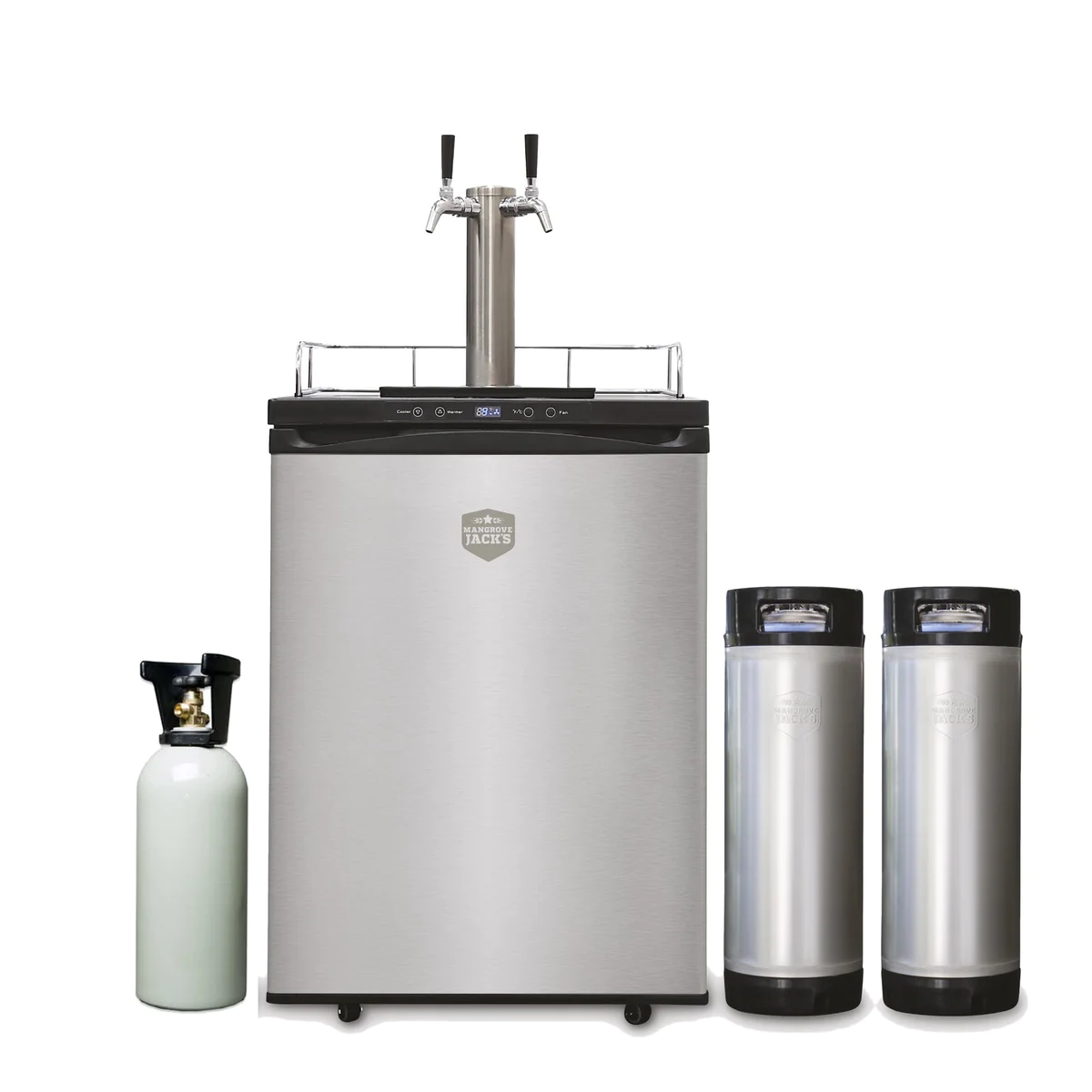

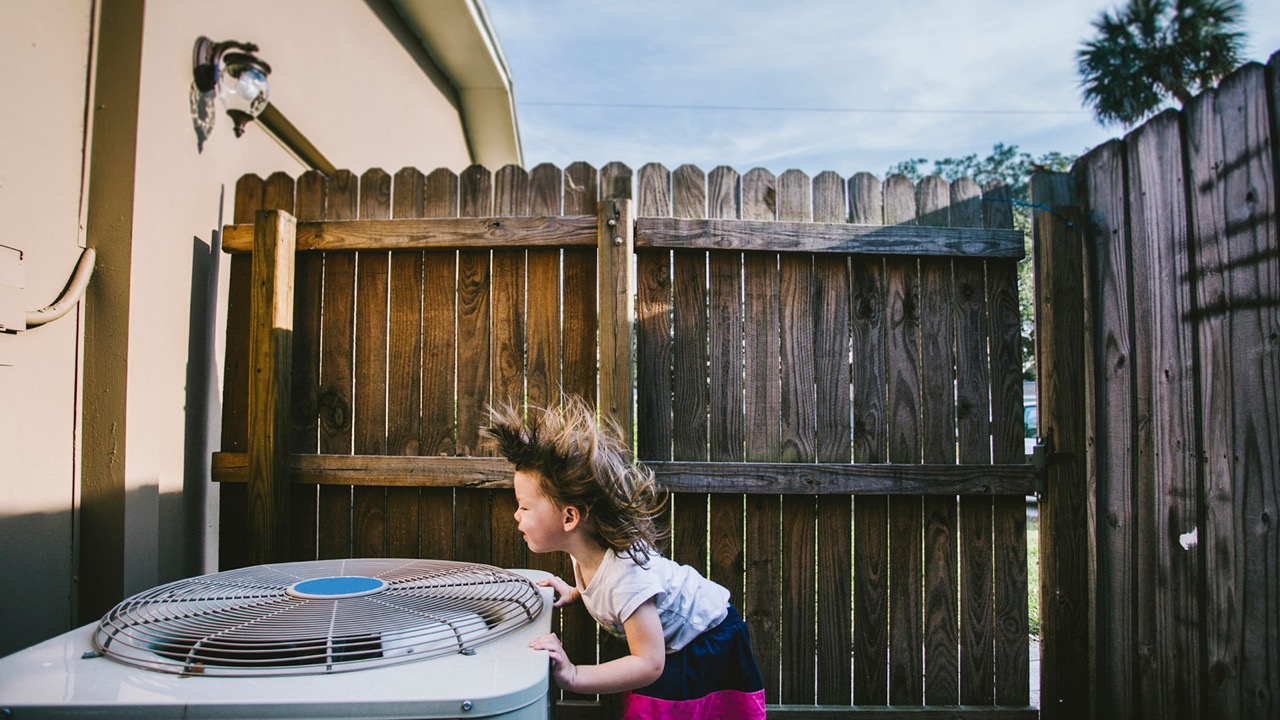
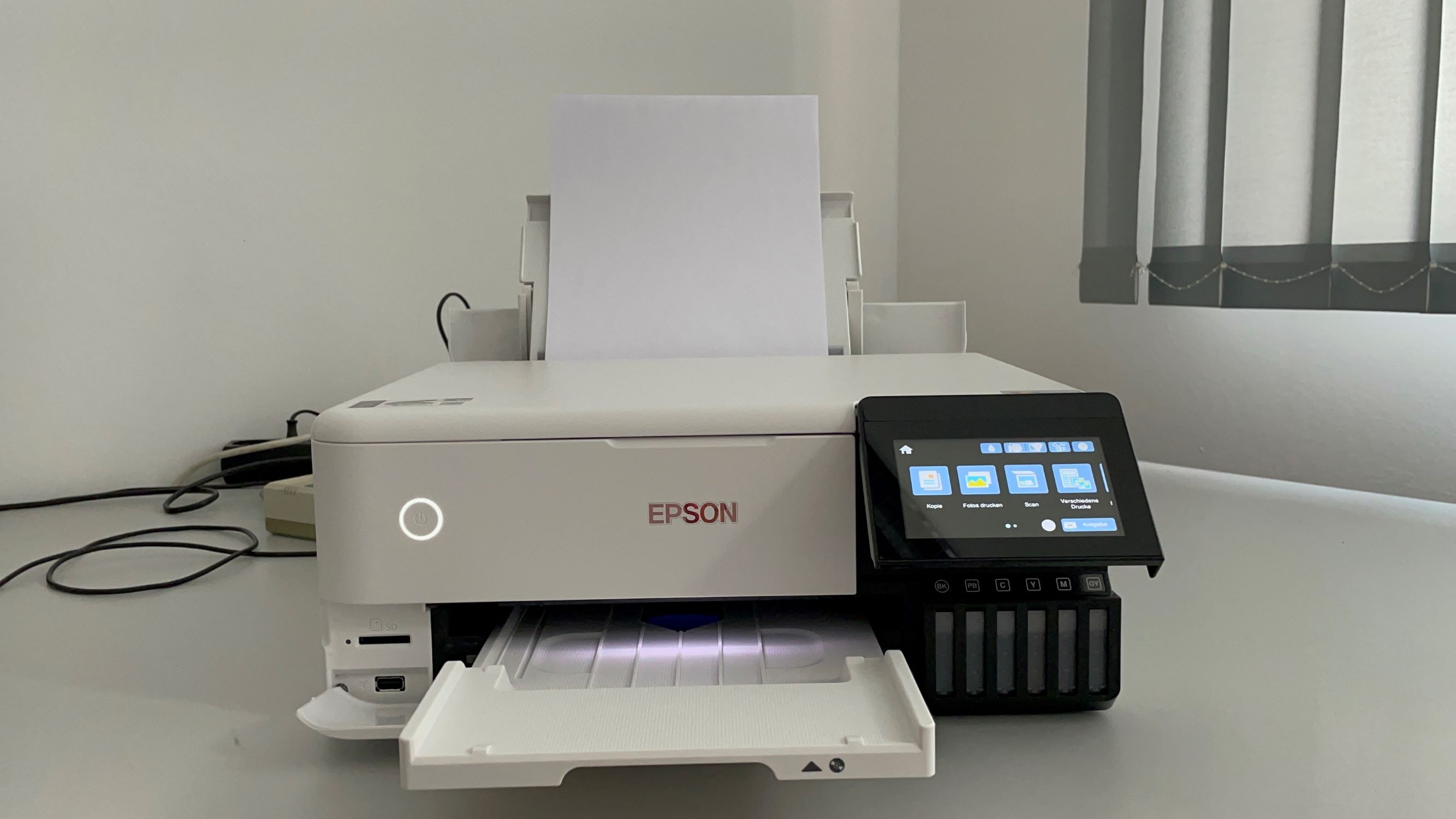
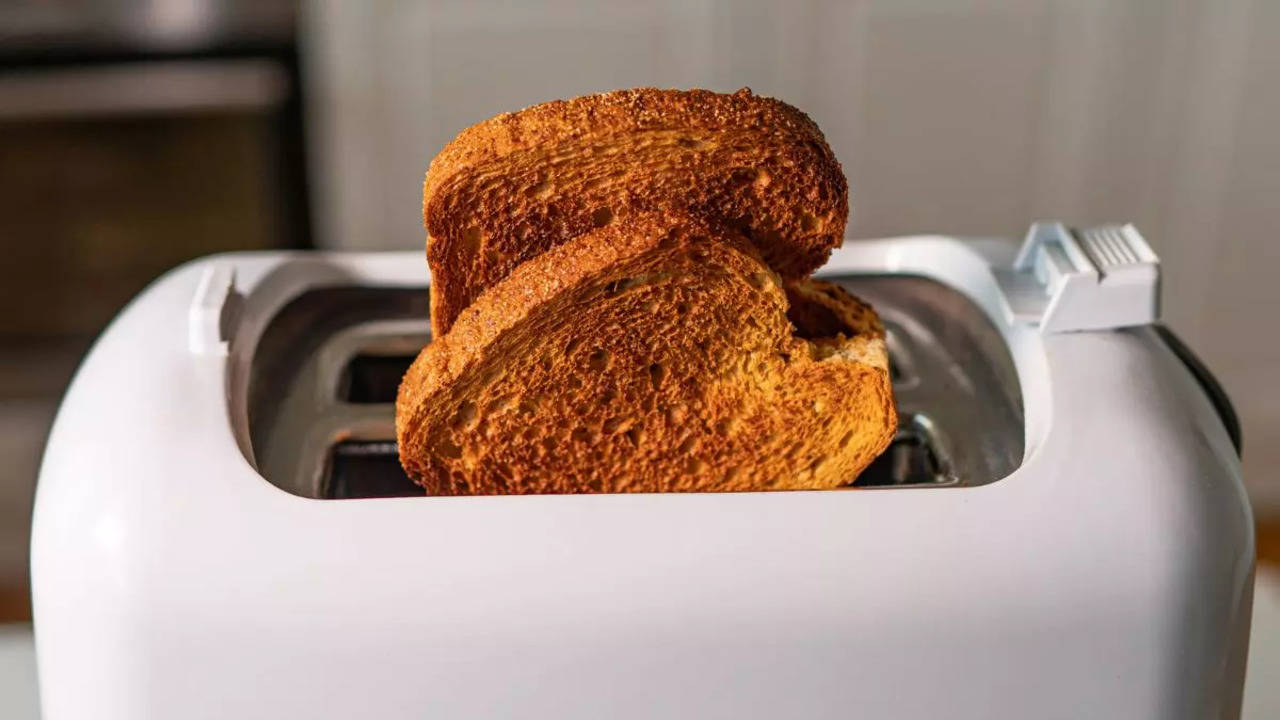
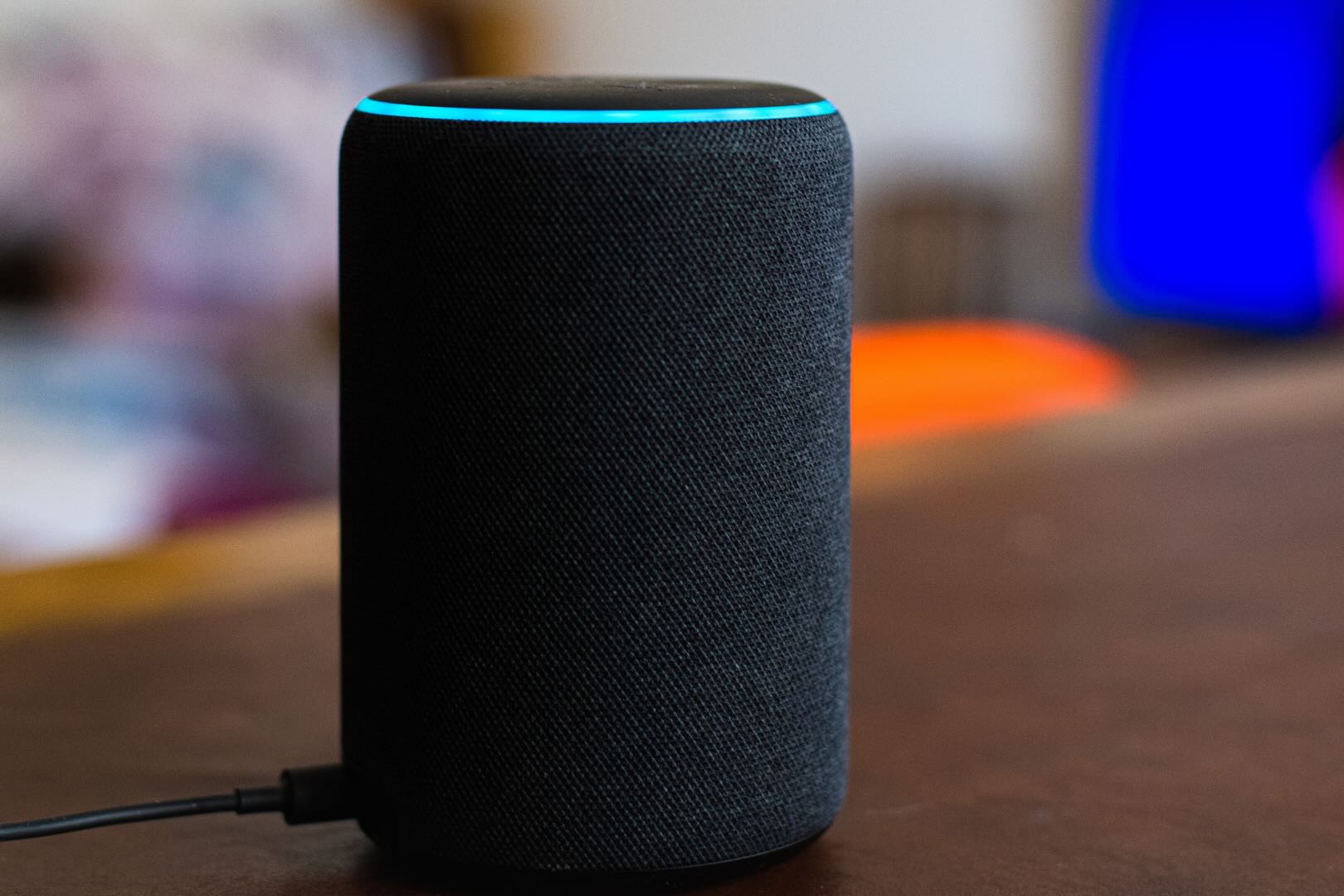
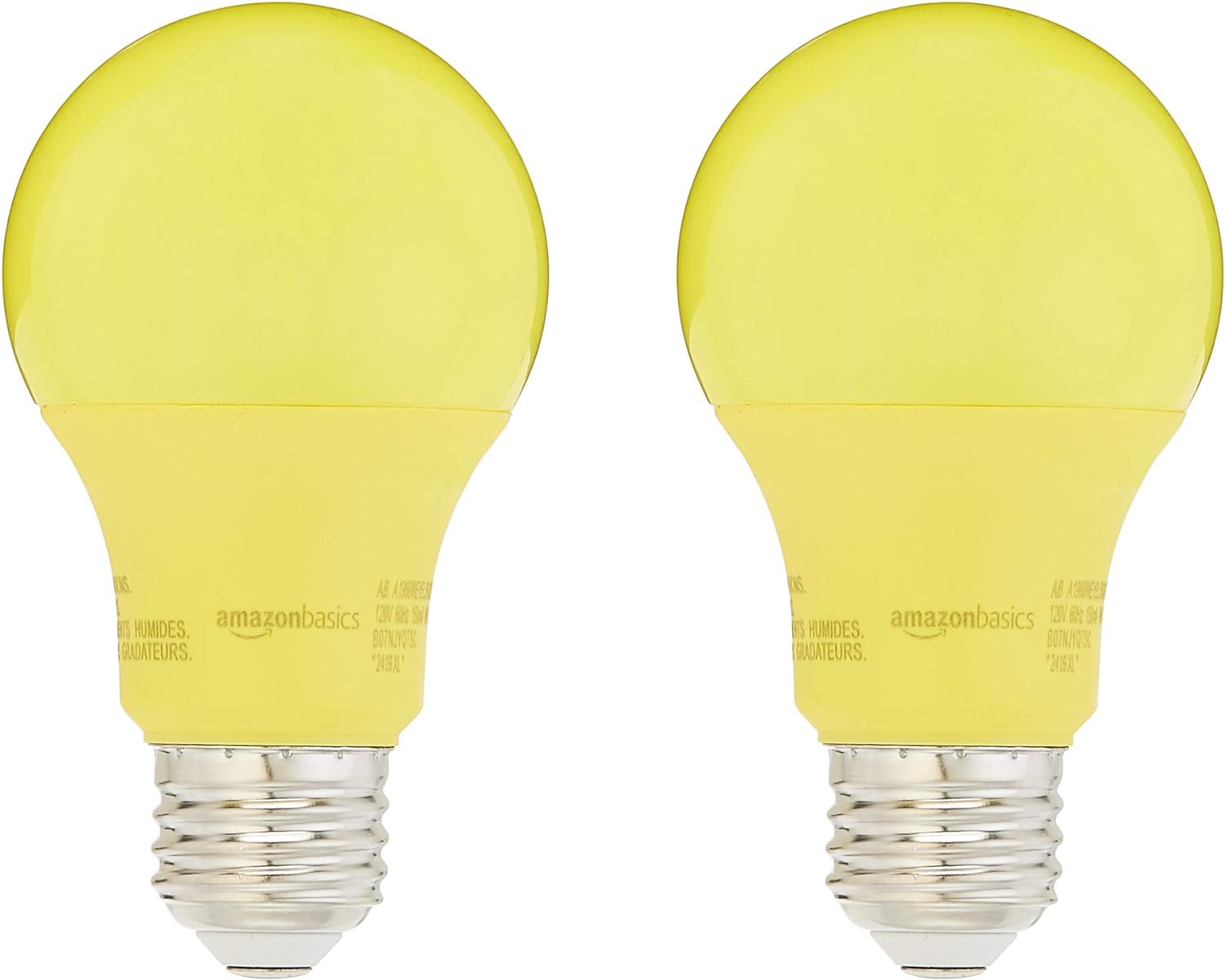

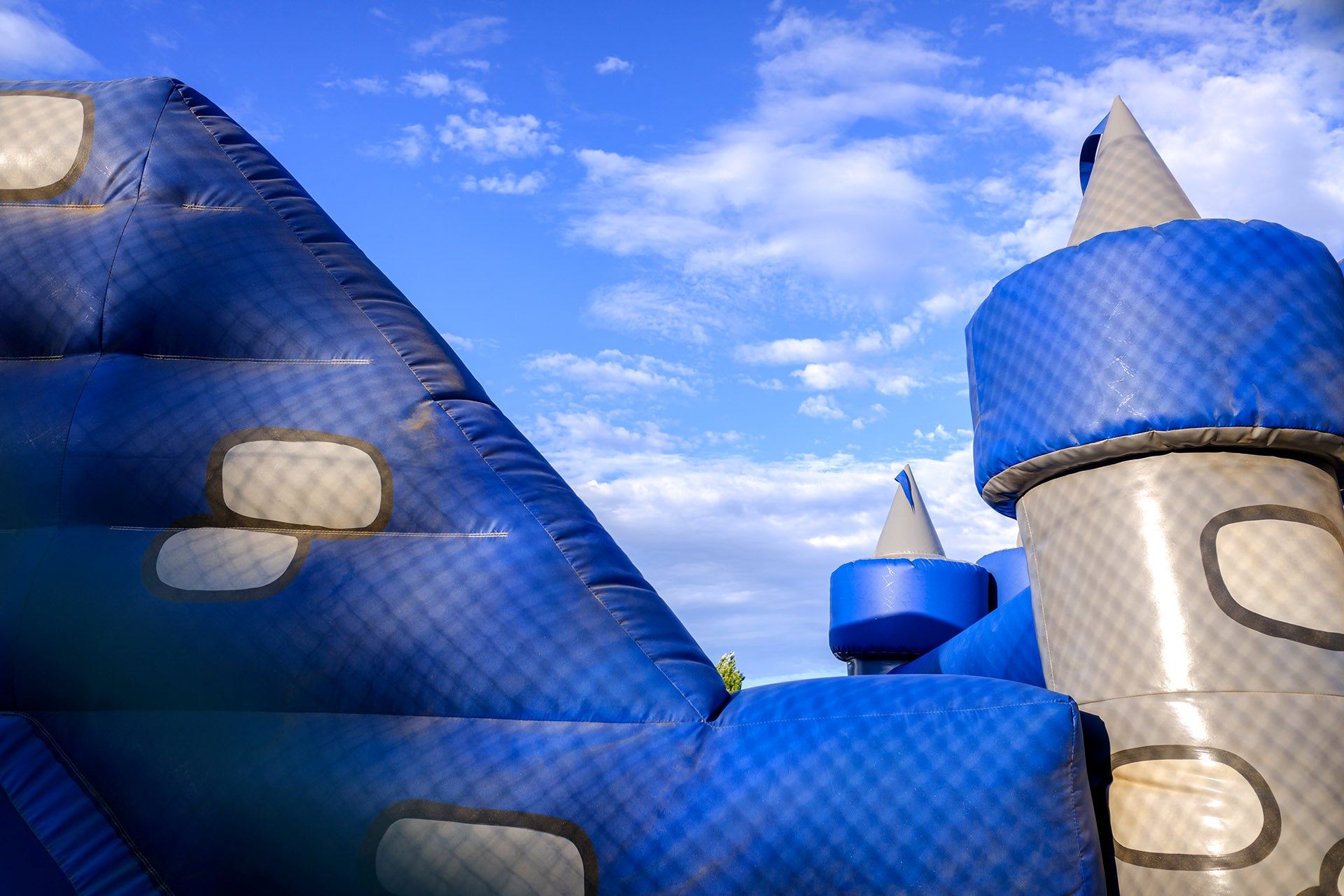
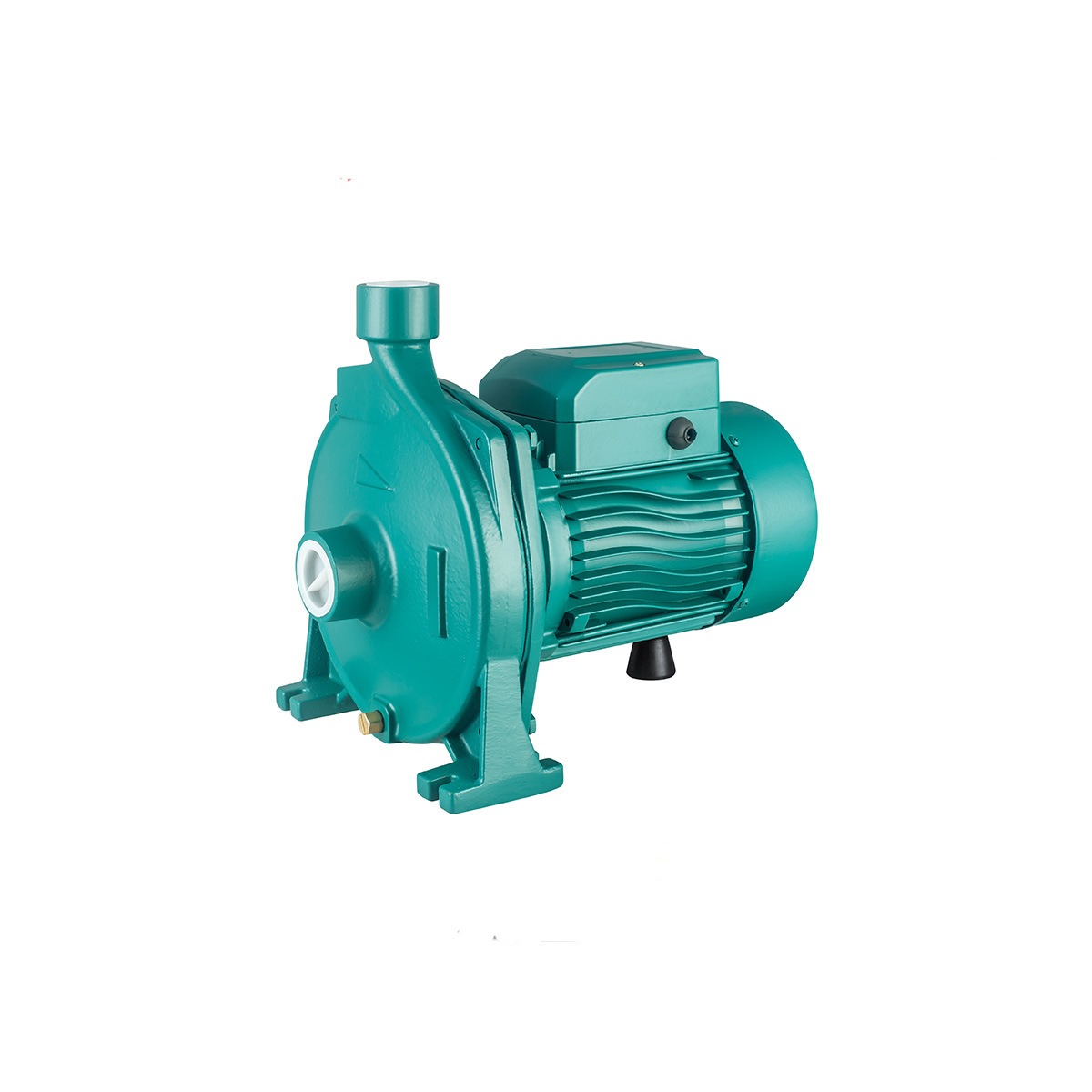

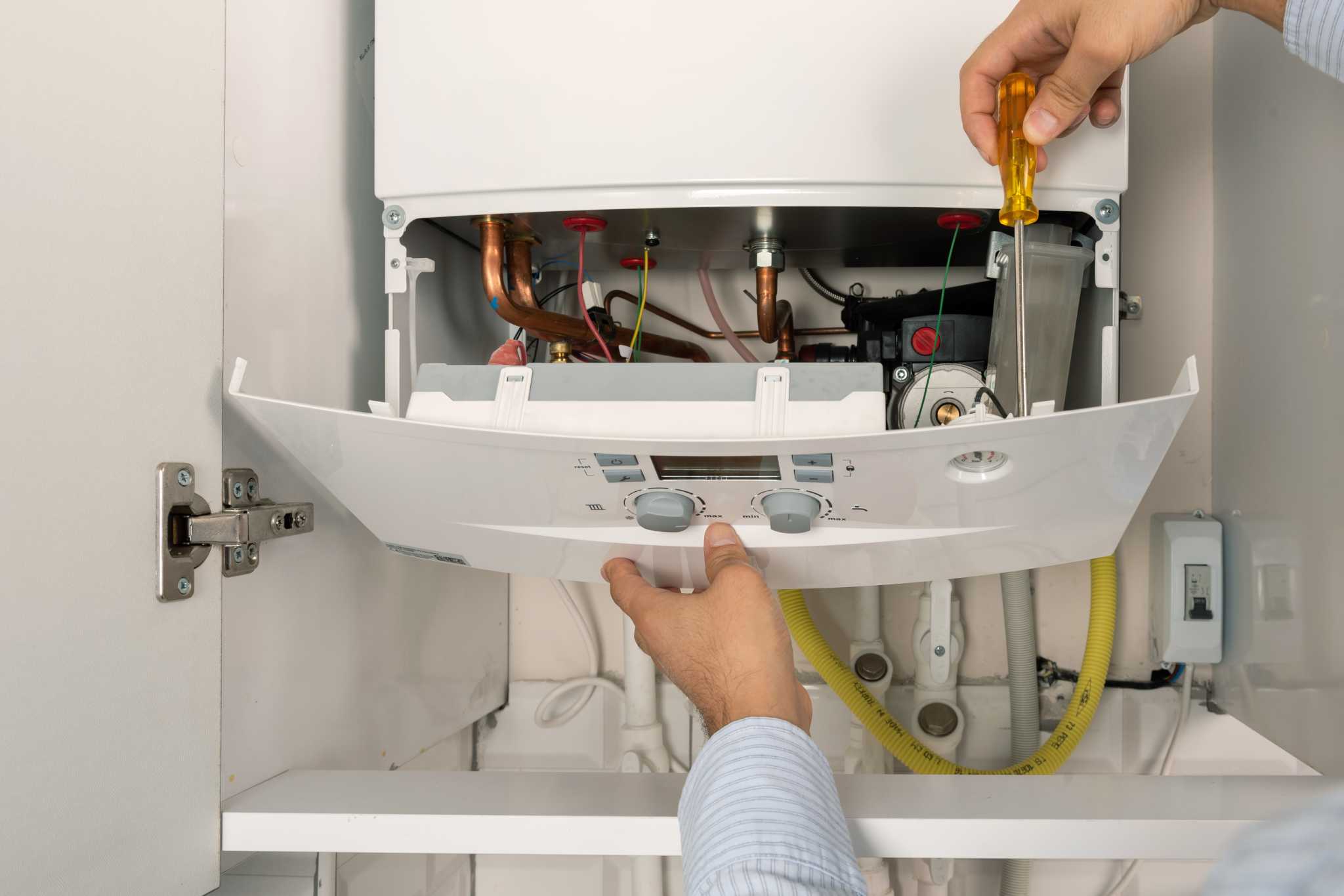
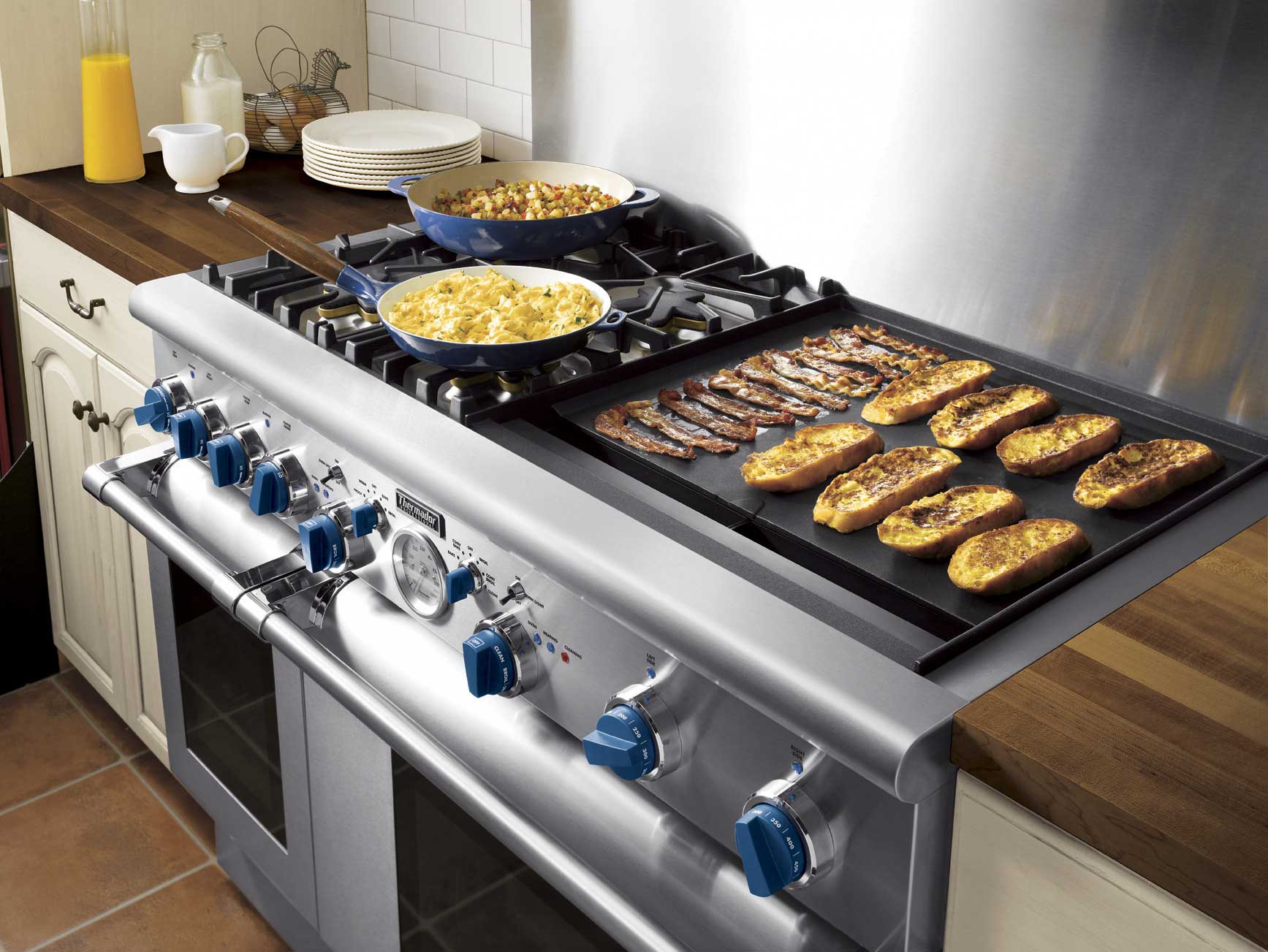

0 thoughts on “How Many Watts Does A Fan Use”